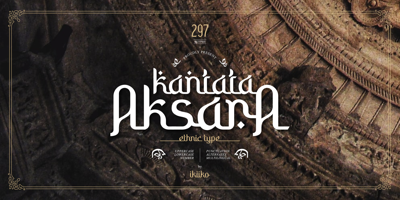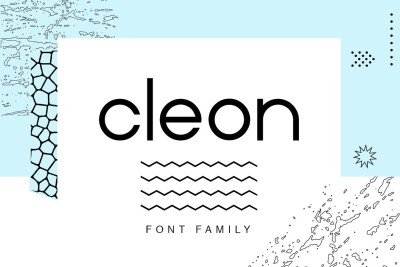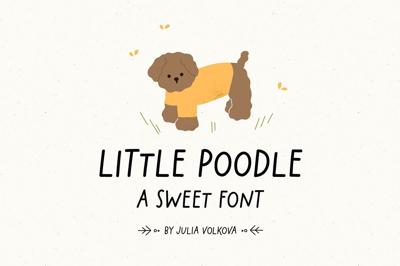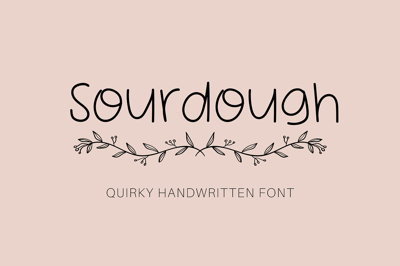Free Fonts for Graphic Design
Free Fonts for Graphic Design: Building Professional Projects on a Budget
Typography is the backbone of effective graphic design, yet many designers find themselves constrained by tight budgets when it comes to purchasing premium fonts. Fortunately, the digital age has brought us an abundance of high-quality free fonts that can elevate your graphic design projects without breaking the bank. Understanding where to find these fonts, how to use them effectively, and what legal considerations to keep in mind is essential for any modern graphic designer.
The Evolution of Free Typography
The landscape of free fonts has dramatically transformed over the past decade. What once consisted mainly of basic system fonts and amateur creations has evolved into a robust ecosystem of professionally designed typefaces. This shift is largely due to the open-source movement, font foundries offering free samples, and independent designers sharing their work with the creative community.
Today's free fonts often rival their commercial counterparts in quality and functionality. Many feature multiple weights, extensive character sets, and advanced OpenType features that were once exclusive to premium fonts. This democratization of typography has leveled the playing field, allowing designers of all backgrounds to access professional-grade type resources.
Top Sources for High-Quality Free Fonts
Google Fonts remains the gold standard for free web fonts, offering over 1,400 font families that are optimized for web use and completely free for commercial projects. The collection includes everything from classic serif faces to modern sans-serifs and decorative display fonts. Google Fonts also provides easy implementation tools for web designers and ensures cross-platform compatibility.
Font Squirrel curates a collection of high-quality free fonts that are cleared for commercial use. Their strict curation process means you'll find fewer options than on other platforms, but the quality is consistently excellent. Font Squirrel also offers useful tools like the Webfont Generator and Font Identifier.
DaFont provides one of the largest collections of free fonts available online, though quality can vary significantly. The platform is particularly strong for decorative and display fonts, making it ideal for finding unique typefaces for specific design themes or projects.
Behance and Dribbble showcase fonts created by independent designers, often offered as free downloads to build portfolios and gain exposure. These platforms are excellent for discovering cutting-edge typography trends and unique font styles.
Open Font Library focuses specifically on libre fonts that are free to use, modify, and distribute. This makes it an excellent resource for designers who need maximum flexibility in their font usage.
Categories of Free Fonts for Different Design Needs
Sans-Serif Fonts are essential for modern, clean designs. Fonts like Montserrat, Open Sans, and Raleway offer excellent readability and versatility across digital and print media. These fonts work particularly well for corporate branding, web design, and minimalist layouts.
Serif Fonts add elegance and tradition to designs. Libre Baskerville, Crimson Text, and Playfair Display provide sophisticated options for editorial design, luxury branding, and formal documents. Serif fonts are particularly effective for long-form reading and establishing credibility.
Display Fonts serve as attention-grabbing headlines and decorative elements. Fonts like Bebas Neue, Oswald, and Lobster can add personality and visual impact to posters, logos, and marketing materials. However, these should be used sparingly and primarily for short text applications.
Script and Handwritten Fonts bring a personal, human touch to designs. Options like Dancing Script, Pacifico, and Amatic SC can add warmth and authenticity to brands targeting more casual or creative audiences.
Monospace Fonts are crucial for code display and technical documentation. Fonts like Source Code Pro and Inconsolata ensure proper character alignment and enhanced readability for programming-related content.
Best Practices for Using Free Fonts
When incorporating free fonts into your graphic design projects, consider these professional guidelines:
Establish a clear hierarchy by limiting yourself to two or three font families per project. Use different weights and sizes within the same family to create contrast while maintaining consistency.
Consider your audience and context. A playful script font might work perfectly for a children's birthday invitation but would be inappropriate for a law firm's business card. Always align your typography choices with your project's purpose and target demographic.
Test readability across different sizes and mediums. What looks great as a large headline might become illegible when reduced for body text or printed on low-quality paper.
Pay attention to character sets and language support. Ensure your chosen fonts include all necessary characters, especially if you're designing for international audiences or need special symbols and accents.
Create a backup plan by identifying similar fonts in case your primary choice isn't available or compatible with certain platforms.
Legal Considerations and Licensing
Understanding font licenses is crucial for professional graphic designers. While many free fonts are available for commercial use, others may have restrictions that could impact your projects.
Open Source Licenses like SIL Open Font License allow unrestricted use, modification, and distribution. These fonts are generally safe for any commercial application.
Creative Commons Licenses vary in their restrictions. Some allow commercial use while others are limited to personal projects only. Always check the specific Creative Commons license type before using a font commercially.
Custom License Agreements may accompany free fonts with unique terms and conditions. Some may require attribution, limit commercial use, or restrict modification.
Font Embedding Rights are particularly important for web designers. Ensure that your chosen fonts allow embedding in websites and digital publications.
Quality Assessment and Professional Standards
Not all free fonts are created equal. When evaluating free fonts for professional use, consider these quality indicators:
Character completeness includes a full set of uppercase and lowercase letters, numbers, punctuation marks, and common symbols. Professional fonts should also include proper kerning pairs and spacing.
Technical specifications such as proper hinting for screen display and adequate file formats (OTF, TTF, WOFF) for your intended use.
Design consistency across all characters, with uniform stroke weights, consistent character proportions, and cohesive style throughout the font family.
Regular updates and support from the font creator, indicating ongoing maintenance and potential bug fixes.
Building Your Free Font Library
Successful graphic designers maintain well-organized font libraries that can be quickly accessed for different project types. Create categories based on style, mood, and use case. Regularly audit your collection to remove outdated or poor-quality fonts that might slow down your creative process.
Consider creating mood boards that pair fonts with colors, imagery styles, and design approaches. This practice will help you quickly identify appropriate typography for future projects and maintain consistency across your work.
Conclusion
Free fonts have revolutionized graphic design accessibility, providing professional-quality typography options for designers regardless of budget constraints. By understanding where to find quality free fonts, how to evaluate their suitability for professional use, and what legal considerations apply, designers can build impressive projects without compromising on typographic excellence.
The key to success with free fonts lies in thoughtful selection, proper implementation, and understanding that good typography is about more than just choosing attractive fonts – it's about creating clear communication and engaging visual experiences for your audience.




